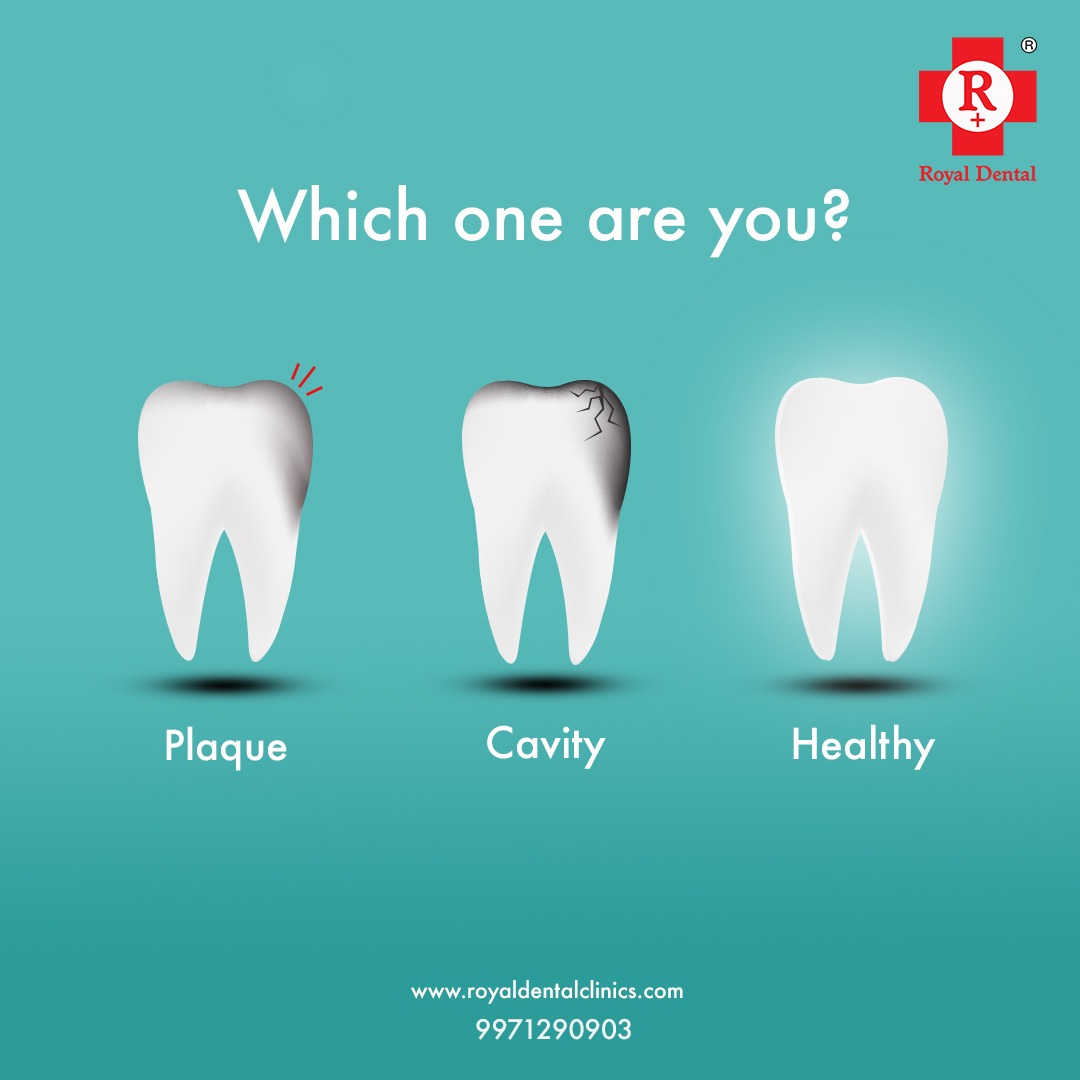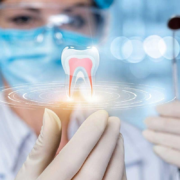Even with preventive care, it is possible to develop cavities under a dental filling. However, you can reduce your risk of this happening again by taking good care of your teeth and gums. Keeping up with hygiene visits, flossing regularly, and brushing twice daily are all great habits to keep when you have fillings. You should also avoid chewing on ice or another hard object that can break your filling. When it comes to avoiding tooth decay under a filling, diligence is the key. If you want to know what causes tooth decay under a filling, continue reading. Knowledge is power in any situation, especially when it concerns your oral health. Understanding why and how tooth decay occurs will help you take actions so it doesn’t happen again.
How can tooth decay form under a filling?
A cavity occurs when bacteria in your mouth combines with sugar from food and drinks. The bacteria produce acid from the sugar, which turns into dental plaque. This plaque can lead to tooth decay if it isn’t removed. Tooth decay is a process, and it can start as soon as a person has a filling.
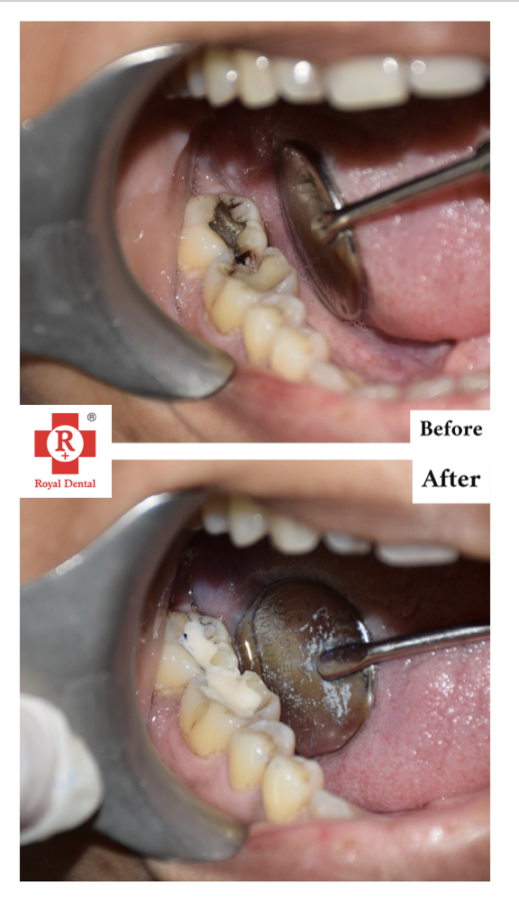
This can happen before or after the filling has been placed. The reason this happens is because the filling does not reach the entire tooth. This leaves an opening for bacteria and sugar to create plaque, which can lead to a cavity forming. The cavity can start as a small hole but then become larger. Once the cavity grows to a certain point, it can break through the tooth’s surface and become visible. This is called a dental decay or cavity. It can affect the filling, the tooth, or both.
What foods cause cavities?
There are certain foods that can cause cavities under a filling. These include sugary and sticky foods. If you chew on these foods after your dental filling has been placed, a cavity can form. Some examples of sugary and sticky foods that can cause cavities are:
- Candy
- Gummy bears
- Cookies
- Crackers
- Granola bars
- Raisins
- Soda
- Grapes
- Jellybeans
- Muffins
- Scones
- Sugar cubes
- Cereal
What is the pH level of your mouth?
The pH level of your mouth refers to the amount of acid in your saliva. A healthy mouth has a pH level of 7. When the pH level drops lower than 7, it’s a sign of dental decay. A highly acidic saliva can cause cavities under a filling. Eating a lot of sugar can lower the pH level in your mouth.
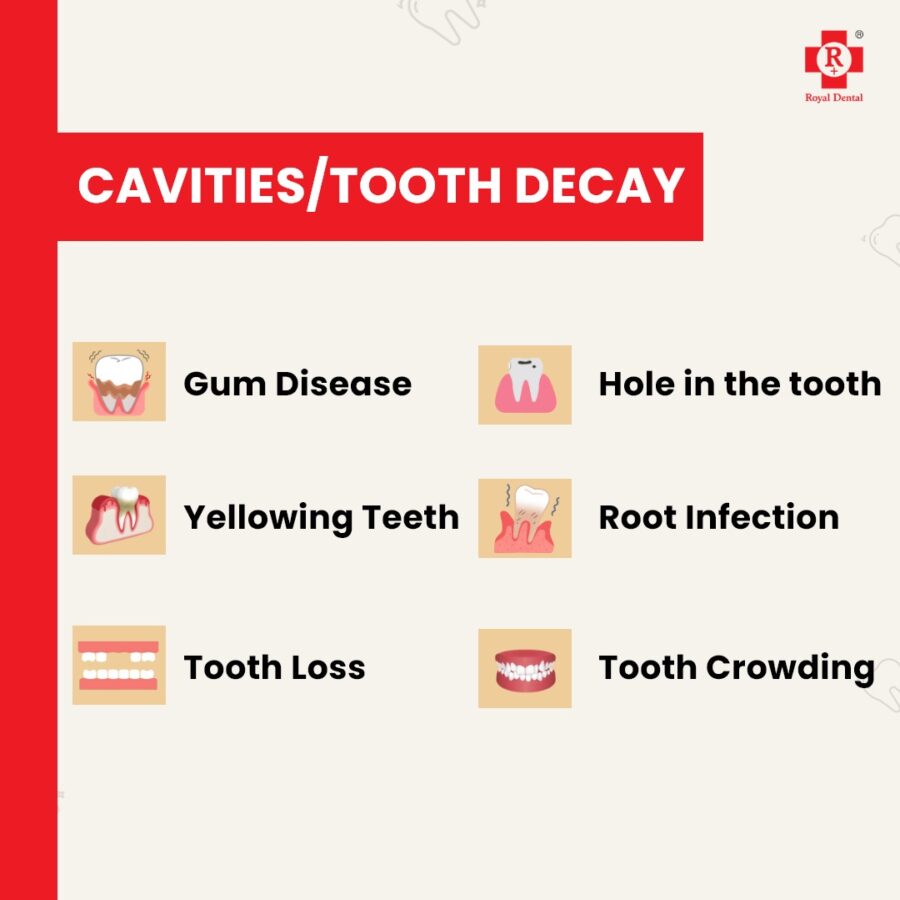
Sugars such as glucose and fructose lead to a lower pH level, which can cause cavities. If you are at risk of tooth decay, there are ways to combat the pH level in your mouth. You can do this by eating certain foods. Foods such as certain fruits and vegetables can raise the pH level in your mouth and reduce the risk of tooth decay. Some examples of these foods are apples, pears, cranberries, lemons, and celery.
The importance of oral hygiene
The main way to reduce your risk of cavities under a dental filling is through regular oral hygiene. Brushing twice a day with fluoride toothpaste, flossing once a day, and using an antibacterial mouthwash are all great habits to get into.
When you have a filling, you should be extra diligent about cleaning the area surrounding the filling. This includes the tooth and the area just under the filling. When brushing, you may want to use a soft-bristled toothbrush with a gentle scrubbing motion. A dental pick can be used to clean out any food particles that have built up under your filling.
This is an essential step in keeping your teeth and gums healthy.
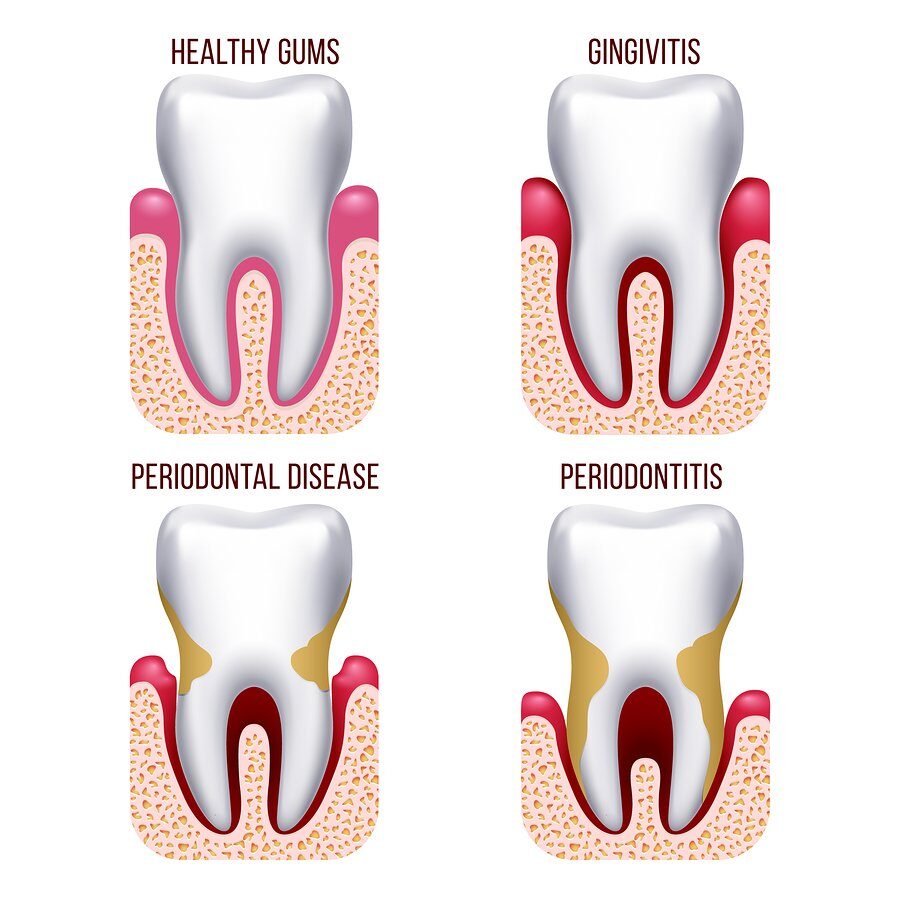
Other factors that cause cavities under a filling
There are other factors that can lead to cavities under a dental filling. These include not visiting the dentist regularly, not brushing and flossing on a regular basis, and not changing your toothbrush often enough. When you don’t visit the dentist, you won’t get regular checkups.
You may miss a cavity forming under your filling. If you don’t brush and floss on a regular basis, you will have bacteria in your mouth. This bacteria can lead to cavities if it’s left unchecked. If you don’t change your toothbrush often enough, bacteria can grow on it. This can lead to cavities under a filling.
Conclusion
Tooth decay is a common problem that can happen to anyone, no matter how diligent you are about oral hygiene. Having a dental filling is no guarantee against tooth decay, and it’s important to be vigilant about maintaining good oral hygiene. That said, it’s also important to understand what causes tooth decay under a filling. By being conscious of the risk factors for decay and taking preventative action, you can minimize your chances of it happening under your dental filling.

